Occasionally, it takes time for the world to catch up to a band. Some bands are so far ahead of their time that commercial success eludes them, and then they break up. Most struggling musicians would rather have the cash in their pockets, but history has a long arc. And zooming out reveals some groups whose influence is bigger than their commercial success. Countless chart-topping acts will be erased as history narrows its scope. But these bands have remained relevant because they continue to shape the sound of music.
Videos by American Songwriter
The Velvet Underground
Lou Reed, John Cale, Sterling Morrison, and Moe Tucker never reached the popular heights of The Beatles. But they probably influenced as many iconic bands as John, Paul, George, and Ringo. The Velvet Underground’s art rock helped launch punk. But it also shaped generations of bands like Sonic Youth, The Jesus And Mary Chain, The Strokes, and many others. You can hear Reed’s influence in Kevin Morby, while Jeff Buckley modeled his reading of Leonard Cohen’s “Hallelujah” on John Cale’s version, turning Cohen’s drunken hymn into a standard.
Uncle Tupelo
Uncle Tupelo emerged from Belleville, Illinois, and helped pioneer alternative country, or alt-country. This new style was built upon Gram Parsons and The Flying Burrito Brothers. Jay Farrar, Jeff Tweedy, and Mike Heidorn released No Depression in 1990, and though the album sold modestly well, its outsized influence remains today. The album title became a synonym for alt-country and how it blended roots rock and punk. When the band split, Tweedy launched Wilco, and Farrar formed his own band, Son Volt.
Joy Division
In only a few years, Joy Division changed the course of rock music. First, by moving beyond punk’s anger, and replacing it with sullen and gloomy repetition. Ian Curtis, Bernard Sumner, Peter Hook, and Stephen Morris unwittingly generated two separate but connected genres: post-punk and goth rock. The angular riffs and despairing lyrics of Joy Division shaped U2, The Cure, and Radiohead, who in turn became influential legends in their own right.
Television
Though Television was a fixture among CBGB bands in the 1970s, no one sounded like them. While others focused on speed and simplicity, Television created a unique cocktail of art rock and jazz. Guitarists Tom Verlaine and Richard Lloyd’s improvised, weaving technical guitar parts are most perfectly documented in the epic, nearly 11-minute “Marquee Moon”. Verlaine and his Fender Jazzmaster inspired Wilco’s Nels Cline. You can hear Cline’s punk jazz on Wilco’s “Impossible Germany”, a direct influence of Verlaine.
Photo by Michael Ochs Archives/Getty Images

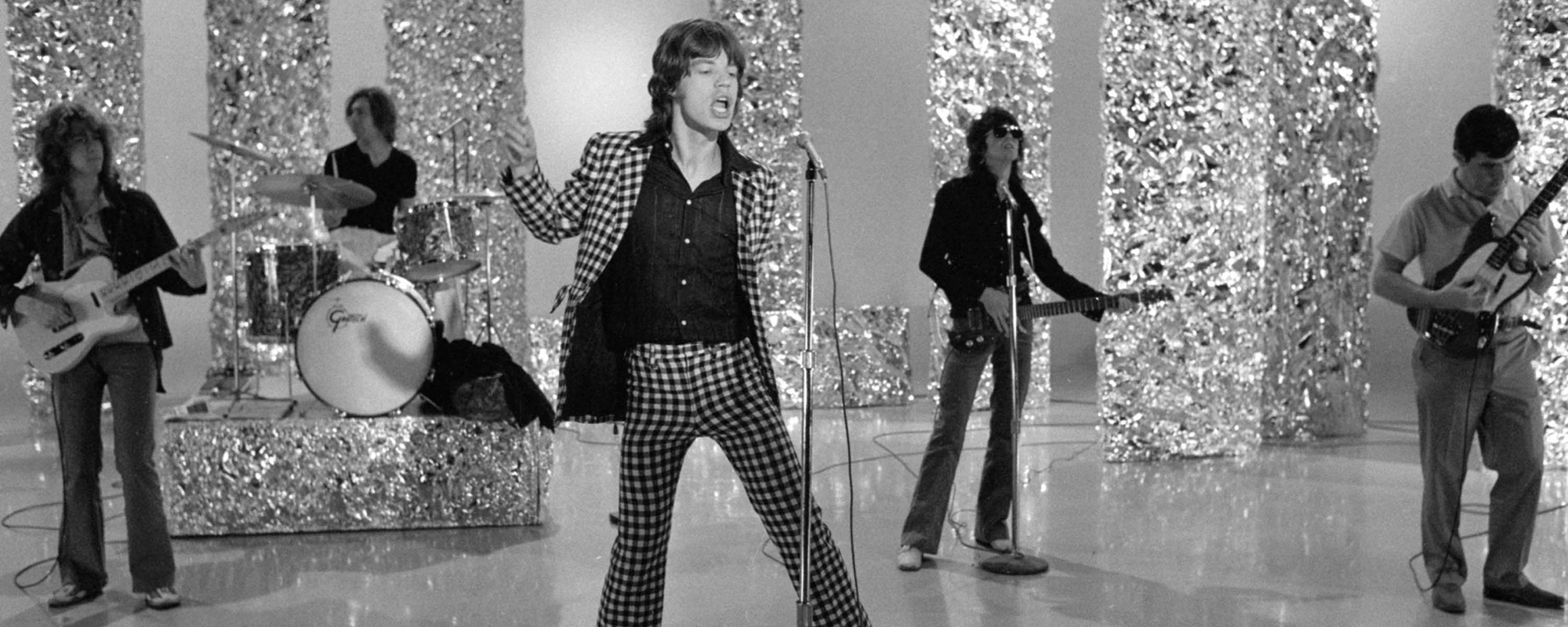
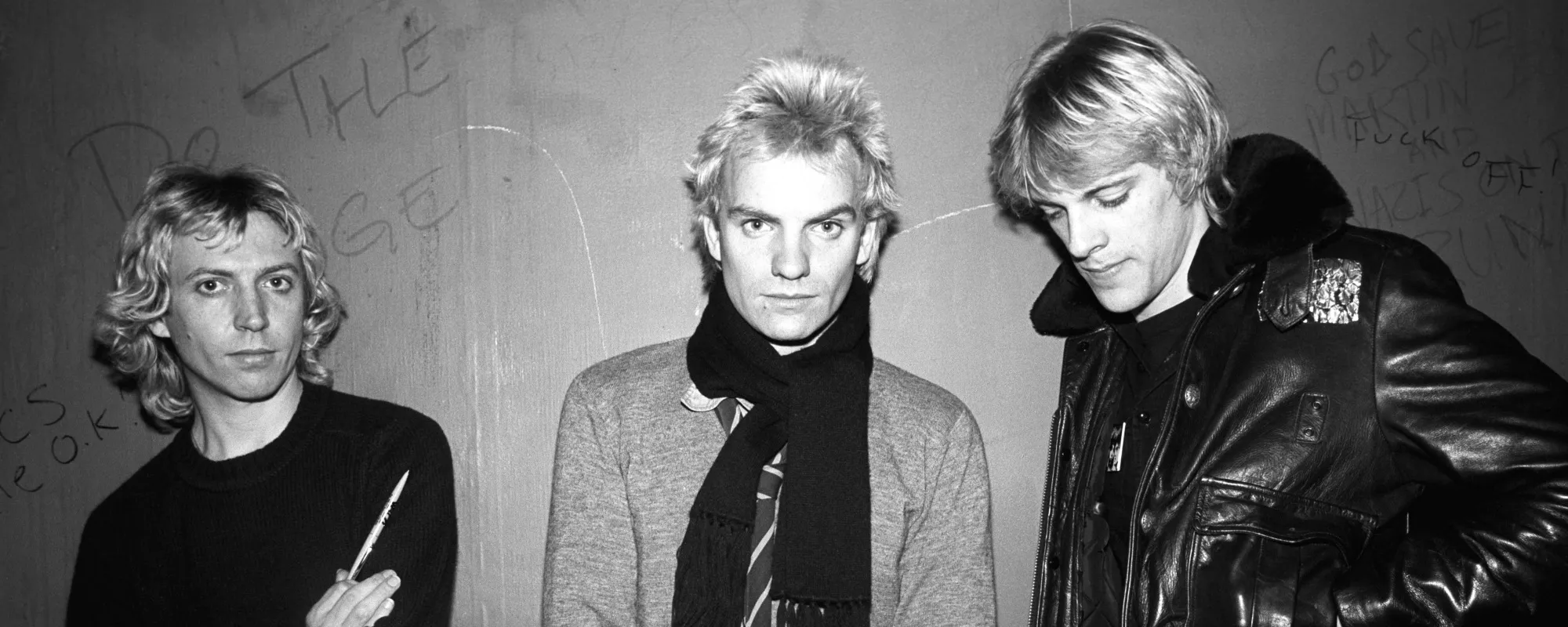
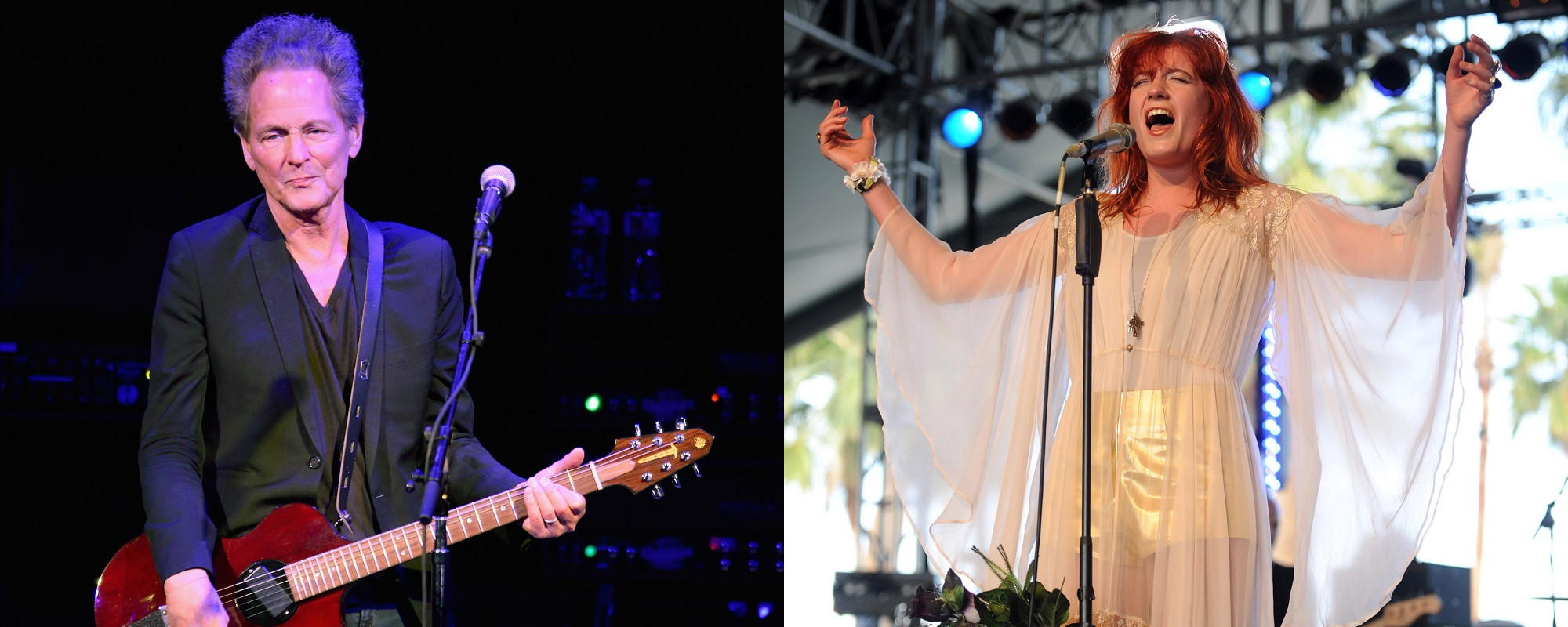
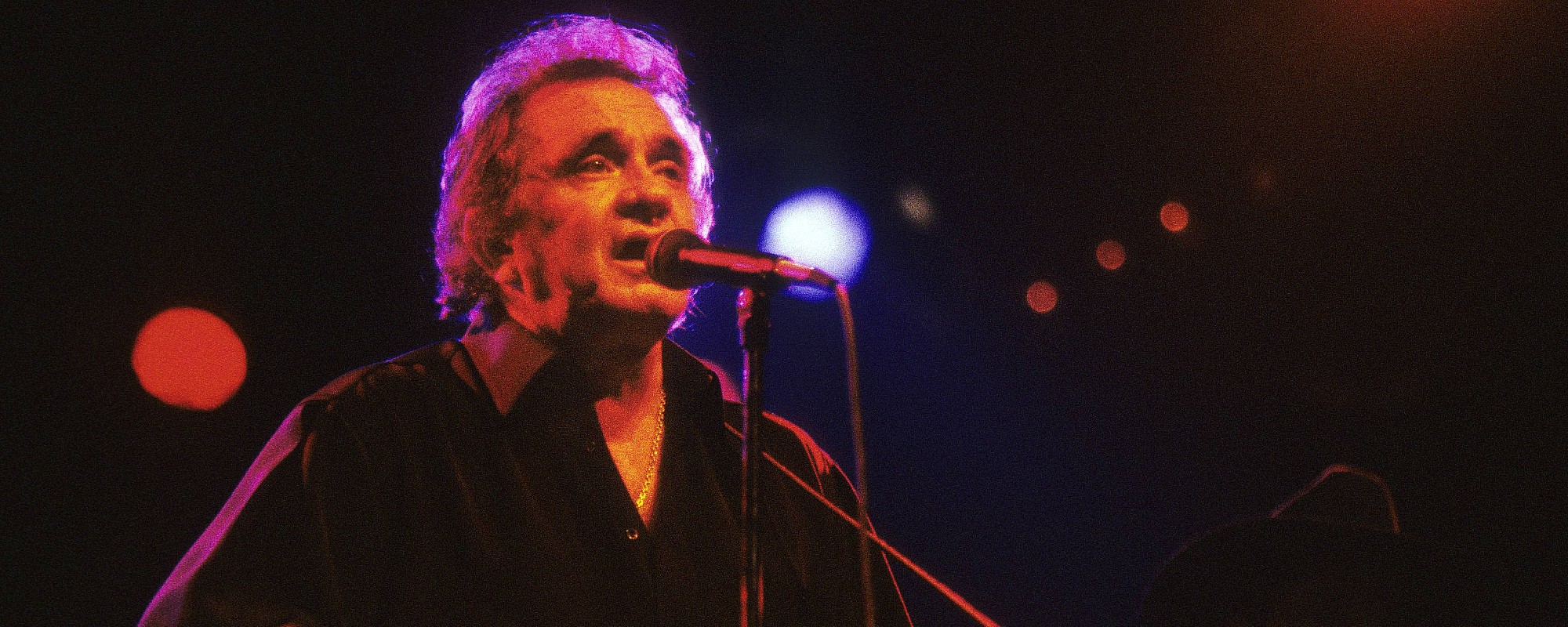

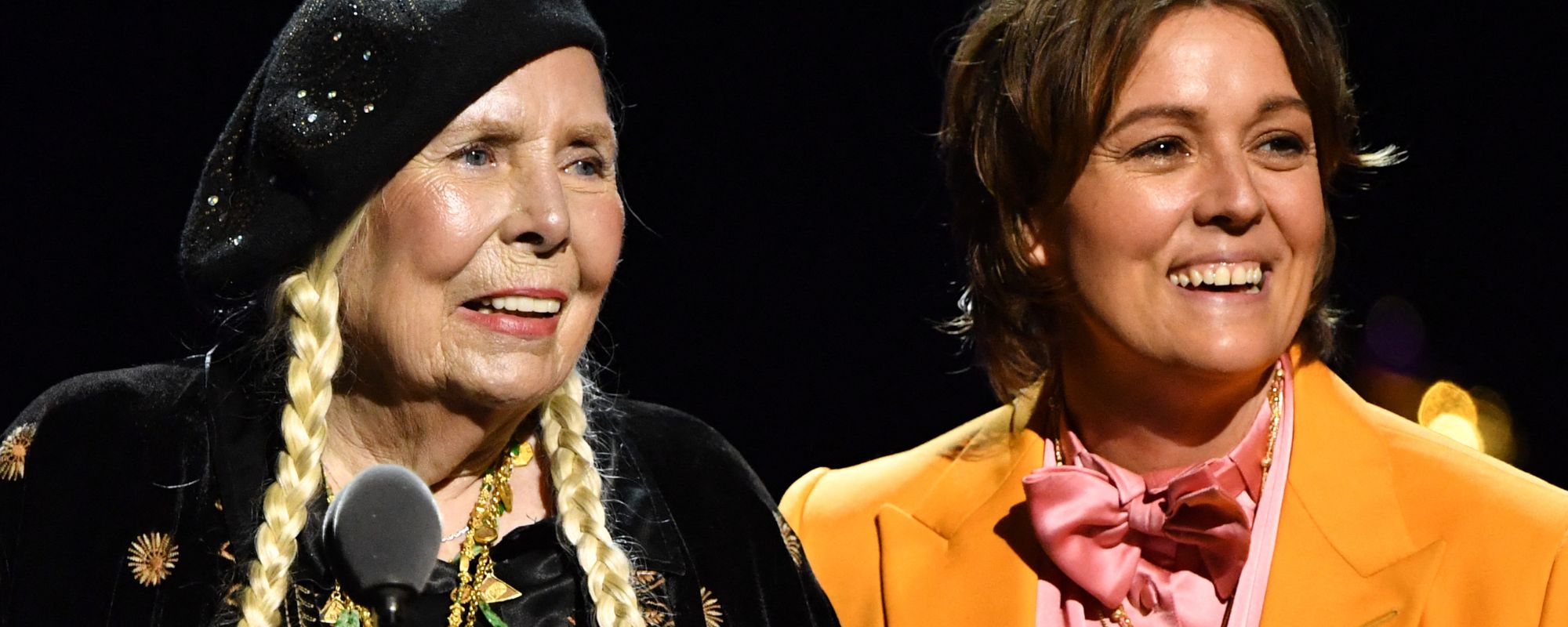
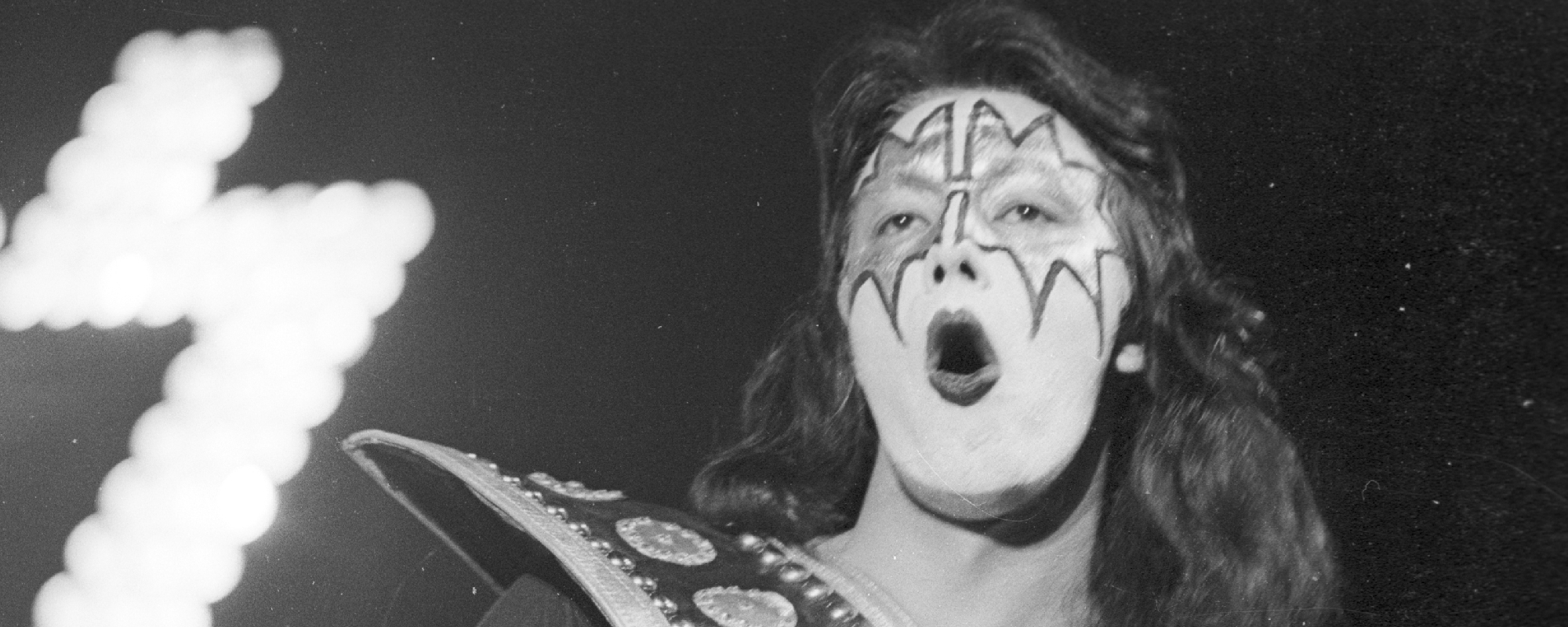


Leave a Reply
Only members can comment. Become a member. Already a member? Log in.